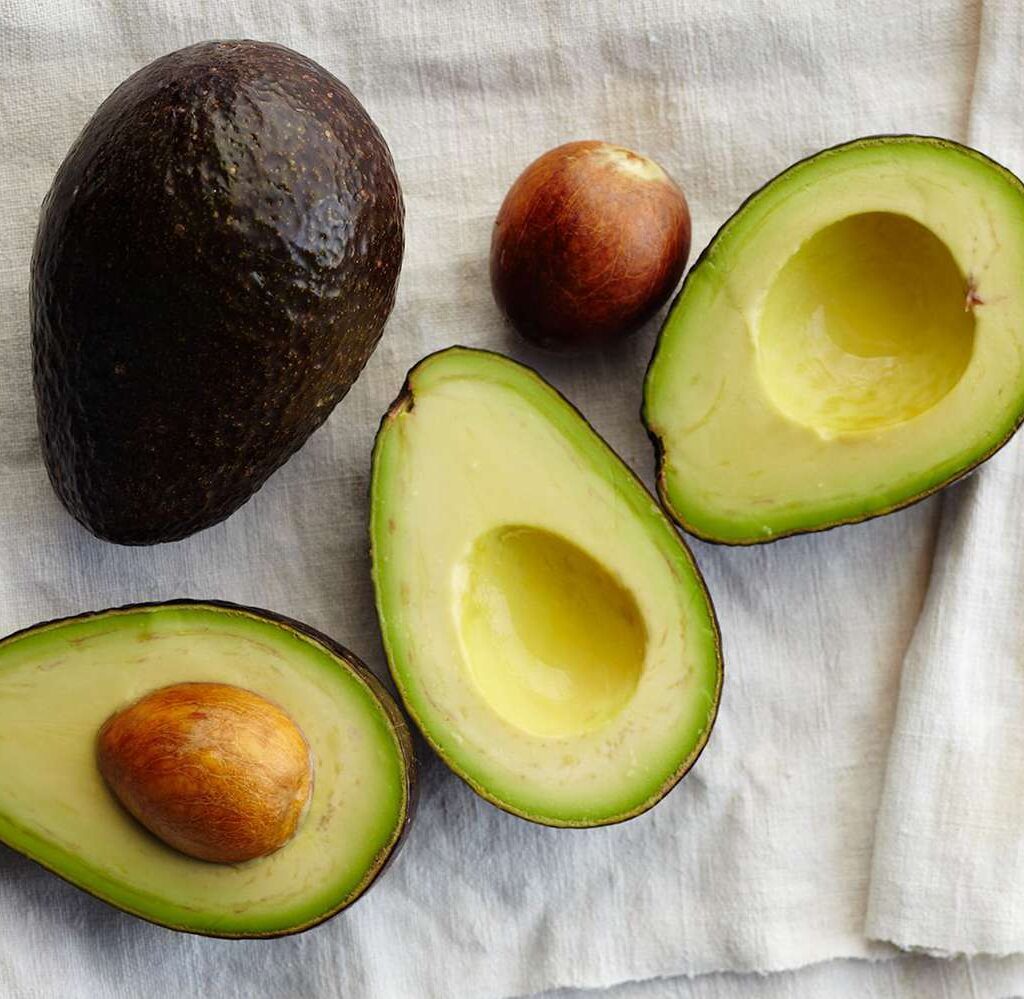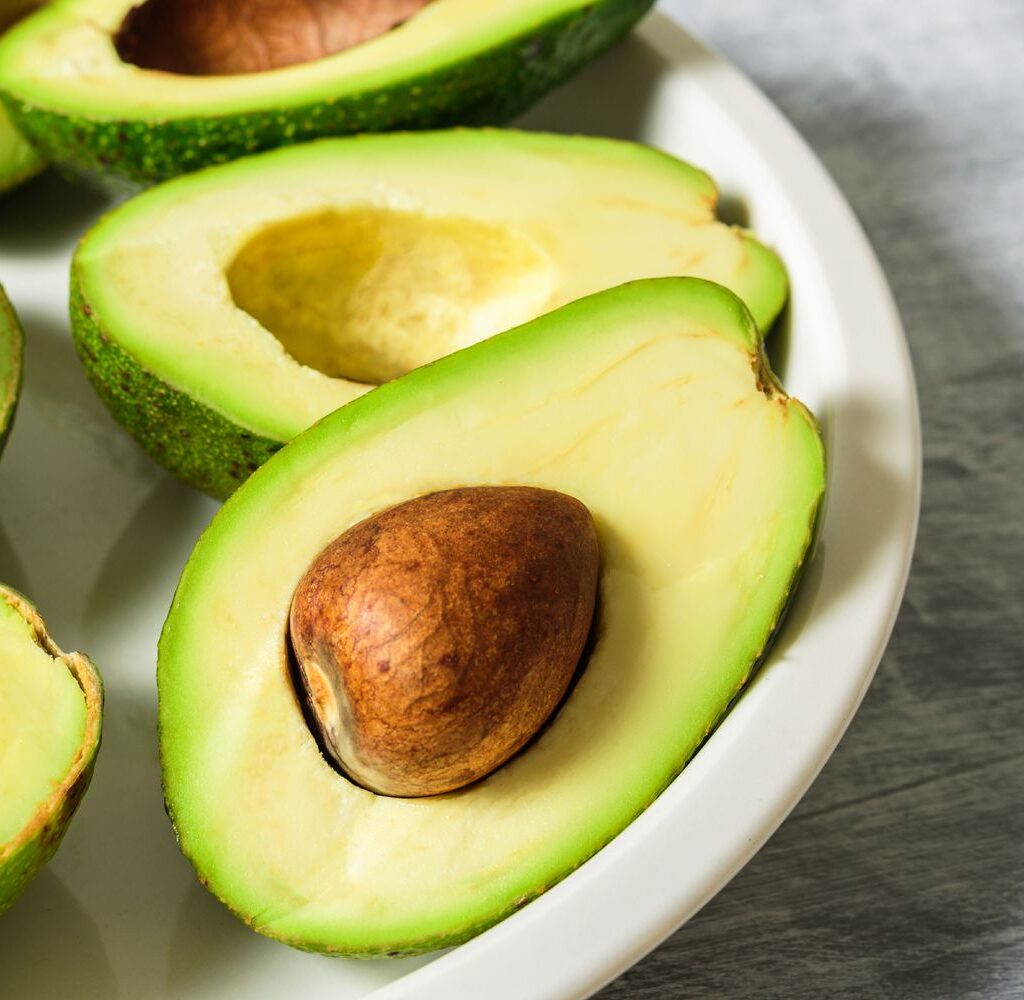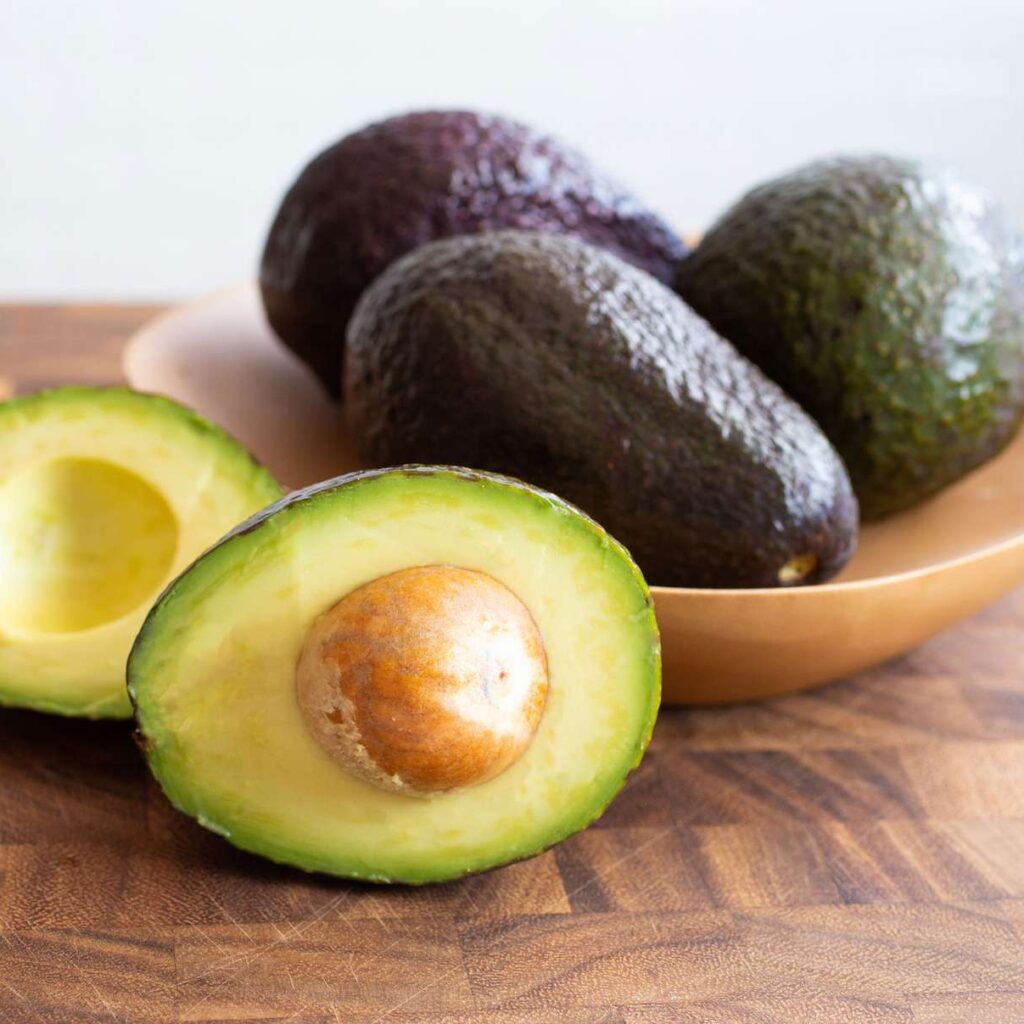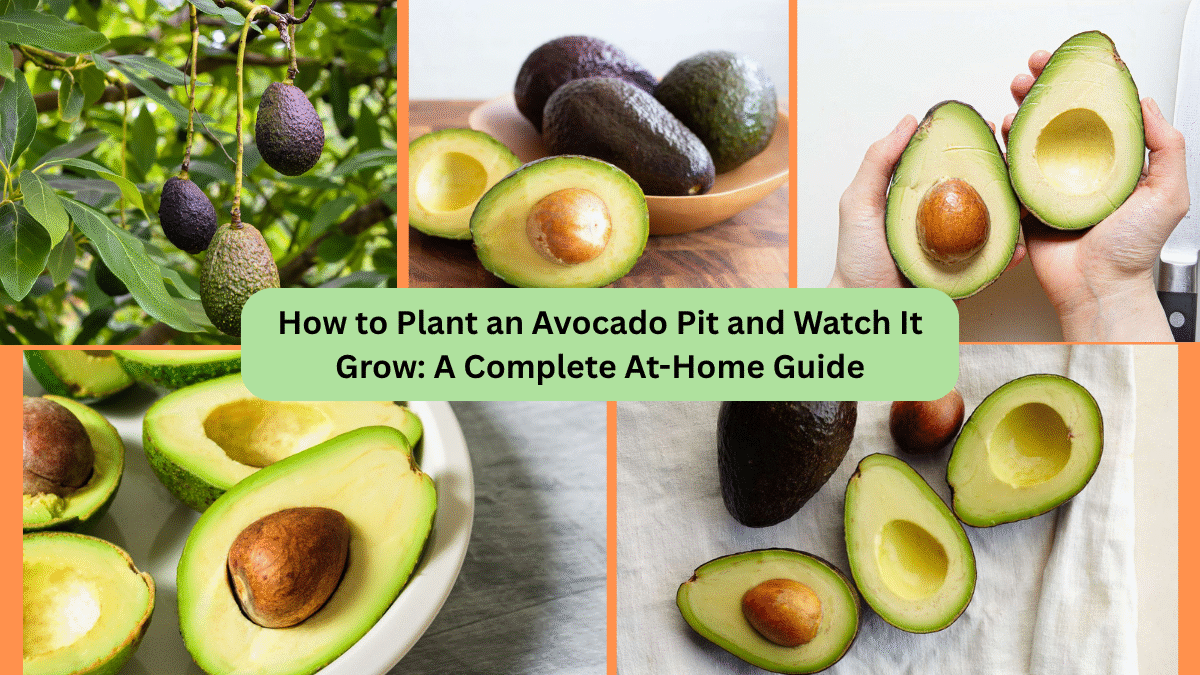Avocados aren’t just delicious and packed with nutrients — they’re also one of the easiest and most fascinating plants to grow from a seed at home. Have you ever scooped out the creamy flesh, tossed aside the pit, and wondered if you could turn it into a lush, green houseplant? Good news: you can!
Planting an avocado pit and watching it grow is a simple, rewarding project perfect for gardeners of all skill levels. It’s a fun experiment for kids, a charming houseplant for your windowsill, and — if you’re patient — a potential future fruiting tree.
In this detailed guide, we’ll show you how to plant an avocado pit step-by-step, how to care for your growing plant, and what to expect as it transforms from seed to seedling.
Why Grow an Avocado from a Pit?

Before we get started, let’s cover why you might want to try this:
- It’s free and fun. All you need is a pit from an avocado you’ve already enjoyed.
- It makes a beautiful houseplant. The plant’s glossy leaves and graceful growth habit brighten up any indoor space.
- It’s educational. Watching a seed sprout is a great hands-on lesson in plant biology.
- It’s a long-term project. While it may take years to bear fruit (if ever), caring for your avocado plant is a rewarding journey in itself.
What You’ll Need
To grow an avocado plant from a pit, gather:
- 1 ripe avocado pit (seed)
- 4 sturdy toothpicks
- 1 clear glass or jar
- Clean, fresh water
- A small plant pot with drainage holes (for later)
- Well-draining potting soil
- A sunny windowsill or bright indoor spot
How to Plant an Avocado Pit: Step-by-Step

Step 1: Remove and Clean the Pit
After slicing open your avocado:
- Carefully remove the pit without cutting or damaging it.
- Rinse it under lukewarm water to remove any remaining flesh.
- Gently pat it dry with a paper towel.
Tip: Leave the thin brown seed coat intact — it protects the seed as it germinates.
Step 2: Identify the Top and Bottom
An avocado pit has two ends:
- The top (pointy end) — where the stem will grow.
- The bottom (flat end) — where roots will emerge.
It’s important to orient the seed correctly so it sprouts successfully.
Step 3: Insert Toothpicks
Insert 4 toothpicks into the middle of the pit at a slight downward angle. These will suspend the pit over a glass of water, keeping the bottom submerged and the top dry.
Space the toothpicks evenly around the seed.
Step 4: Suspend in Water
- Fill a glass or jar with clean, room-temperature water.
- Rest the seed in the glass so that the bottom half of the pit is submerged.
- Place the glass in a warm, bright spot like a windowsill — but avoid direct, harsh sunlight.
Tip: Keep the water level consistent, ensuring the bottom of the pit is always submerged.
Step 5: Change the Water Regularly
- Replace the water every 2–3 days to keep it fresh and prevent mold or bacteria.
- Use lukewarm water for best results.
Step 6: Wait for Sprouting
This is where patience comes in.
Avocado pits typically sprout within 2–8 weeks.
Here’s what to watch for:
- The pit’s outer layer will dry and crack.
- A root will emerge from the bottom.
- A shoot will sprout from the top.
- Leaves will unfurl as the plant grows.
If your pit hasn’t sprouted after 8 weeks, try again with a new, fresh pit.
How to Pot Your Avocado Seedling

Once the stem grows to about 6–8 inches tall and has a few leaves:
- Trim the top down to about 3 inches. This encourages bushier, stronger growth.
- When new leaves appear and roots are around 3–4 inches long, it’s time to plant it in soil.
How to Plant the Sprouted Pit:
- Choose a small pot (6–8 inches deep) with good drainage.
- Fill it with light, well-draining potting mix (a mix for houseplants or citrus works well).
- Plant the seed so the top half remains exposed above the soil.
- Water gently but thoroughly.
Avocado Plant Care Tips
Light
- Avocado plants love bright, indirect sunlight.
- Place near a sunny window.
- Move outdoors during summer months if possible, but protect from strong midday sun.
Watering
- Keep soil consistently moist, but not waterlogged.
- Water when the top inch of soil feels dry to the touch.
- In winter, reduce watering as growth slows.
Temperature
- Ideal temperature: 65–85°F (18–29°C).
- Protect from cold drafts and temperatures below 50°F (10°C).
Feeding
- Fertilize monthly in spring and summer using a balanced liquid houseplant fertilizer.
- Skip feeding in fall and winter.
Pruning
- Pinch or prune back leggy stems to encourage bushier growth.
- Remove yellowing or dead leaves to keep the plant tidy.
How Long Until Your Avocado Bears Fruit?

While it’s possible for a homegrown avocado plant to eventually bear fruit, it typically takes 5–10 years or more — and even then, it’s not guaranteed.
Most fruiting avocado trees you see in orchards or nurseries are grafted plants, which mature and produce fruit much sooner.
That said — many gardeners grow avocado plants purely for their lush, tropical foliage as attractive houseplants.
Common Problems and Solutions
| Problem | Cause | Solution |
|---|---|---|
| No germination | Old, damaged, or improperly placed seed | Try a fresh, healthy pit, ensure proper placement |
| Yellow leaves | Overwatering or poor drainage | Let soil dry between watering; improve drainage |
| Brown leaf tips | Dry air, underwatering, or salt build-up | Increase humidity, flush soil with clean water |
| Root rot | Waterlogged soil | Use well-draining soil and pot with drainage holes |
Fun Avocado Plant Facts

- The avocado tree is native to Central and South America.
- Avocado belongs to the laurel family (Lauraceae).
- The word “avocado” comes from the Aztec word “ahuacatl,” meaning testicle, due to its shape.
- Avocado trees can grow up to 60 feet tall in the wild.
Final Thoughts
Planting an avocado pit and watching it grow is a simple, inexpensive, and surprisingly rewarding home gardening project. While it takes a little patience, the excitement of seeing a sprout emerge and leaves unfurl makes it all worth it.
Even if your plant never produces fruit, it will add a touch of lush greenery and tropical charm to your indoor or outdoor space.
So next time you slice into a ripe avocado, don’t toss that pit — turn it into a beautiful living plant. With care, sunlight, and patience, you’ll soon have your very own avocado tree-in-the-making!






Leave A Comment